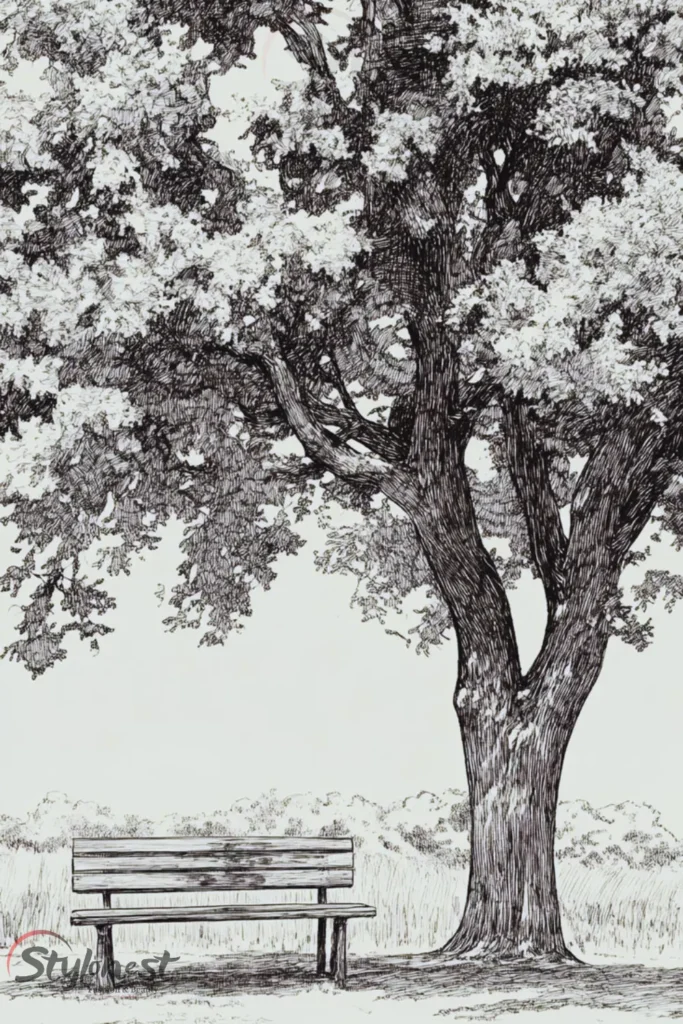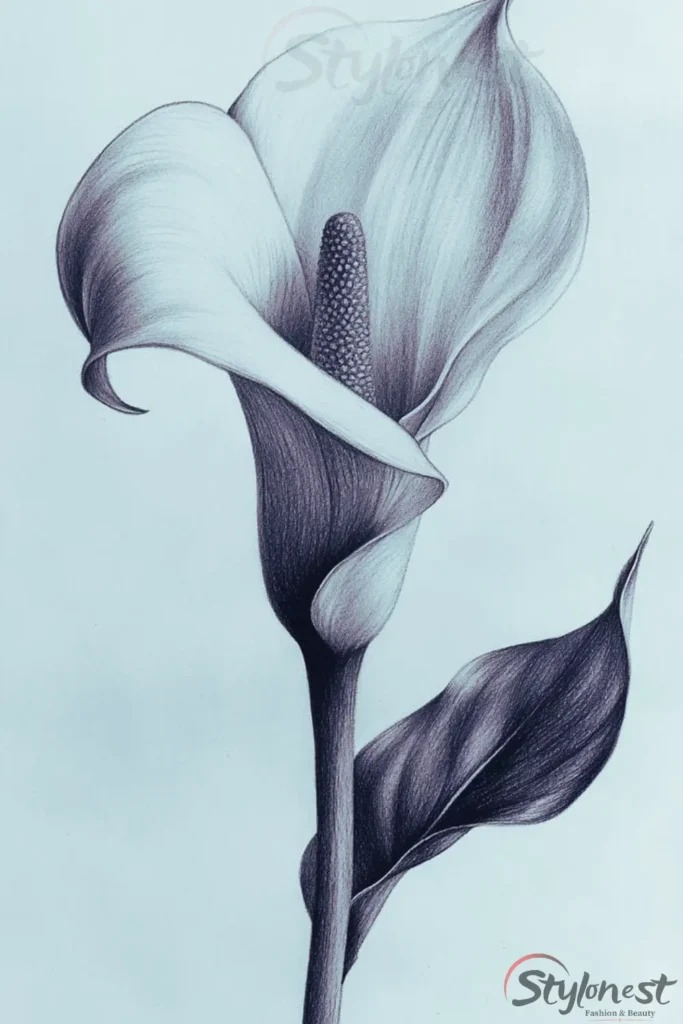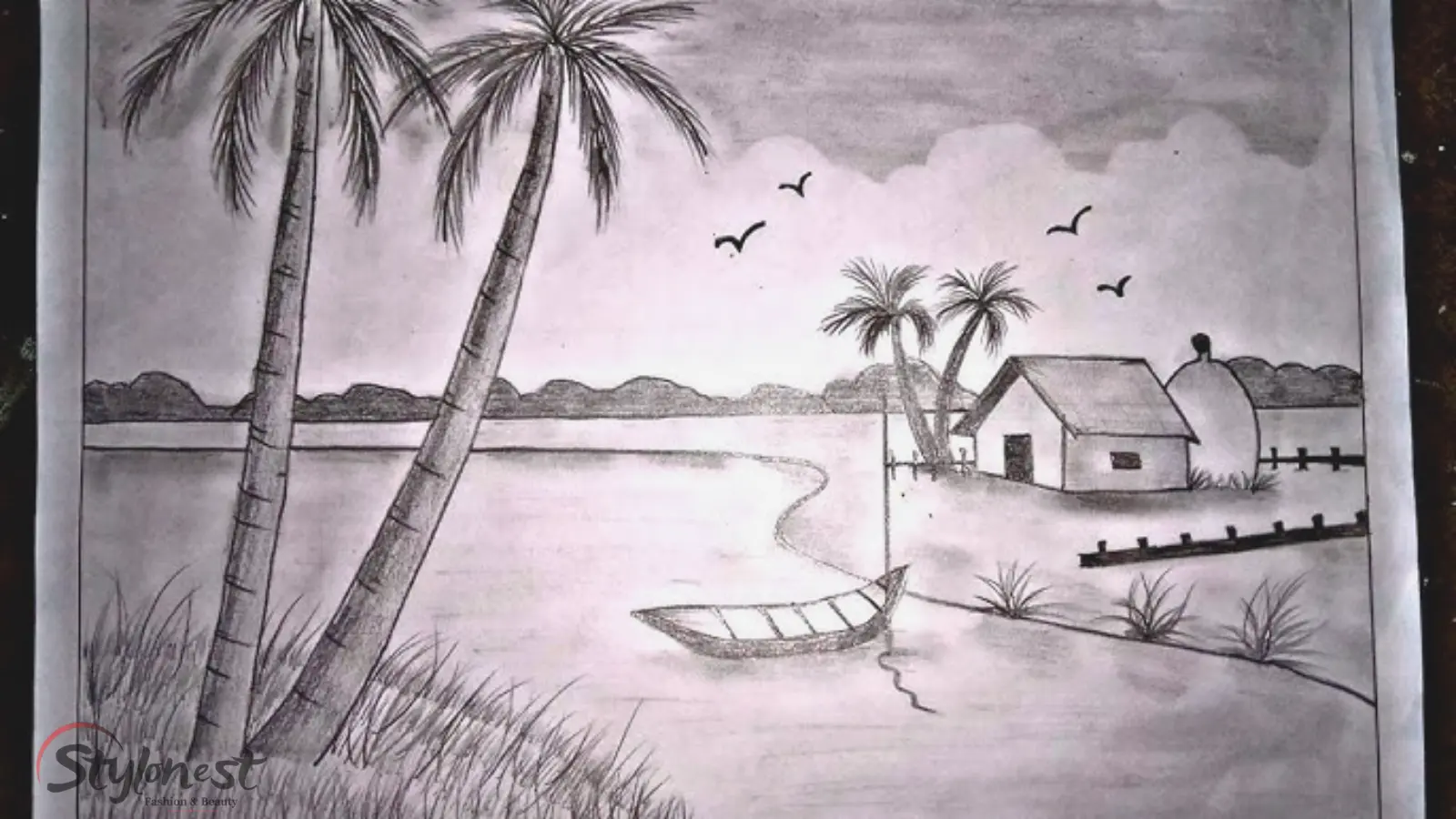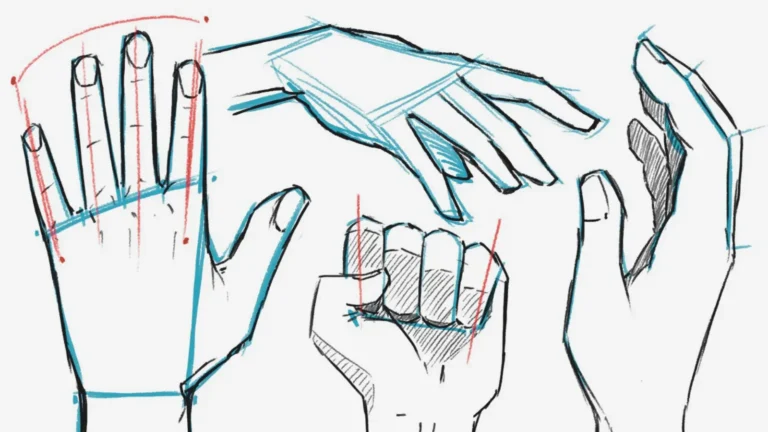30+ Nature Drawing Ideas to Inspire Your Sketchbook
Nature is one of the best places to turn when you’re out of ideas and need a creative boost. Whether you’re just starting out or you’ve been sketching for years, nature offers an endless variety of shapes, colors, and textures to explore.
Here’s a complete list of creative nature drawing ideas you can try, plus tips to help you bring your work to life.
Why Draw Nature?
Drawing from nature improves your observation skills and helps you connect with the world around you. Unlike drawing from photos, sketching what you see in real life trains your eye to notice detail, light, and movement.
Nature sketching also relaxes your mind. Whether you’re sitting under a tree, walking in the park, or looking out your window, you can find something worth drawing.
Easy Nature Drawing Ideas for Beginners
If you’re new to drawing, start simple. Focus on small details and work your way up to full scenes.
- Leaves – Try sketching different types, paying attention to the edges and veins.
- Rocks and Pebbles – Practice their irregular shapes and textures.
- Feathers – Light, soft strokes will capture their delicate form.
- Tree Bark – Zoom in on the rough surface with lines and shading.
- Mushrooms – Great for shape and symmetry practice.
- Clouds – Use soft shading to capture their fluffy look.
Start with pencil, and use light lines. Don’t worry about being perfect—just observe and draw what you see.

Intermediate Nature Drawing Prompts
Ready to try more detailed scenes? Use these prompts to expand your creativity:
- A single tree with roots, branches, and bark texture
- A flowing stream with rocks and reflections
- A bunch of wildflowers with overlapping petals
- A bird sitting on a branch
- A butterfly resting on a leaf
- A forest path with trees fading into the background
- A cactus with thorns and shadows
- A beach with seashells and crashing waves
These ideas challenge you to look closer and capture depth, movement, and natural patterns.

Advanced Nature Sketching Ideas
Once you’re confident with basic forms, challenge yourself with more complex subjects or scenes:
- A mountain range at sunset
- A detailed landscape with sky, trees, and water
- Reflections in a lake or pond
- A deer standing among tall grass
- An owl in flight
- A waterfall surrounded by rocks and plants
- An overhead view of a forest from a high point
- A night sky filled with stars above a tree line
These scenes help you explore perspective, composition, and contrast between light and dark.
Tips for Drawing Nature Successfully
1. Go Outside
The best way to study nature is by being in it. Take a sketchbook outdoors. Observe how light changes throughout the day, how plants move in the wind, or how shadows fall across different surfaces.
2. Use Reference Photos
If you can’t go outside, use high-quality nature photos to practice. Look for clear images with good contrast.
3. Focus on Texture
Use different line styles—cross-hatching, stippling, or soft shading—to mimic the feel of bark, fur, or petals.
4. Study Shapes
Break everything down into simple shapes. Even complicated trees or animals can start as circles, ovals, and rectangles.
5. Add Depth
Use overlapping objects, smaller details in the distance, and lighter lines in the background to create a sense of space.

Nature Drawing Supplies to Try
You don’t need fancy tools, but a few good materials can help:
- Sketchbook or drawing pad
- Graphite pencils (HB to 6B)
- Colored pencils or watercolors
- Eraser and blending tool
- Fine liners or ink pens for detail
Try using natural materials too like drawing with a stick dipped in ink for a rustic effect.
Final Thoughts
Drawing nature isn’t just about making a pretty picture. It’s about slowing down, paying attention, and expressing how you see the world. Start with what’s around you leaves, rocks, trees and keep practicing.
Over time, you’ll notice improvement in your art and in your ability to see beauty in everyday details. Keep your sketchbook handy and let nature do the inspiring.




